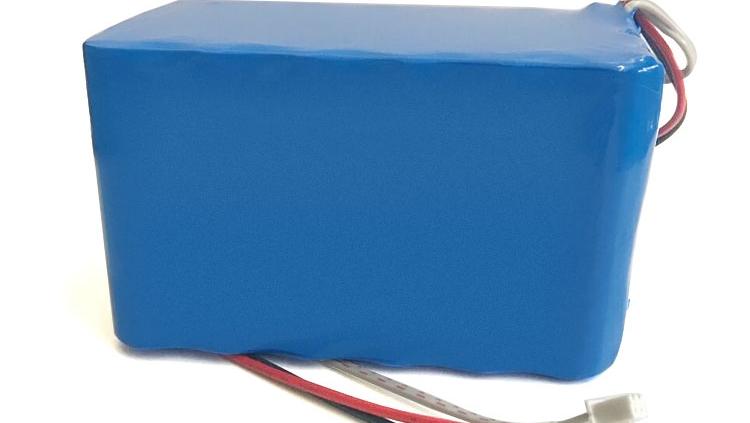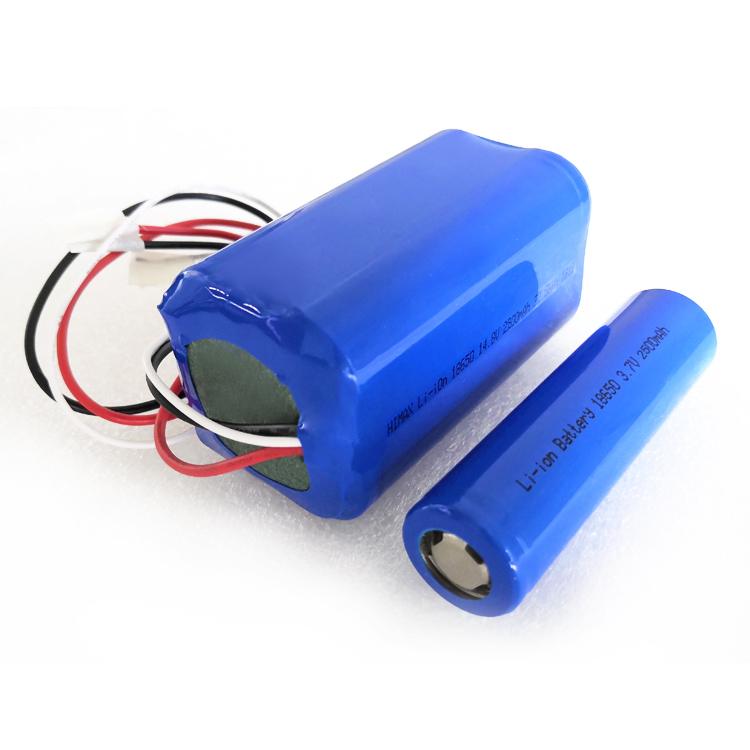5 key ways to improve lithium-ion batteries
Current li ion customized battery packs, which use graphite anodes, liquid electrolytes, and cathode materials such as NMC and LFP, are generally considered to be approaching their performance limits. However, there are still ways to further improve performance and reduce costs, from battery pack materials to battery pack design.
Moving from graphite to silicon
Silicon anodes offer an exciting alternative that can significantly increase energy density and performance. Although silicon materials have only been used in negative electrodes at a weight ratio of less than 5% in the past, it has been difficult to go beyond its use as an additive due to its inherent volume expansion and the resulting stability and cycle life issues. However, silicon anode technology has continued to improve over the past 10-15 years, allowing batteries to use 5-100% silicon in the anode.
It’s exciting to see silicon anode technology continue to evolve in 2022, including Nexeon raising $200 million in funding and licensing materials to SKC, Amprius deciding to go public, Group14 Technologies raising $400 million, and POSCO Holdings acquiring Tera Technos. In addition, Amprius has delivered 450Wh/kg commercial batteries for satellites, while the Whoop 4.0 fitness wearable device released in September 2021 uses Sila Nano’s silicon anode technology. Taken together, these developments indicate that the silicon anode market is increasingly maturing, and the adoption of advanced silicon anode materials in a variety of applications is becoming increasingly possible. As a result, IDTechEx predicts that the adoption of silicon anode materials will grow significantly, although graphite is expected to remain dominant until the 2030s.
New method of cathode synthesis
Future li ion customized battery packs may use a similar set of cathode materials that are commercially available today. LNMOs or LFP-related LMFPs may be considered exceptions, although neither of them offer improvements in energy density but offer different trade-offs between high performance and low cost. Lithium-rich manganese-based cathodes may offer modest increases in energy density, but commercial development has been limited and slow. Improvements in cathode materials will generally be incremental. Instead, the biggest changes in cathode technology and innovation may come from how they are synthesized. Current synthesis techniques require higher temperatures and relatively long times (days) while using large amounts of reagents and water, resulting in high production costs and environmental impact. Nano One Materials and 6K Energy (part of 6K Inc) are two companies aiming to commercialize new cathode material synthesis methods.
Nano One Materials uses a solution-based “one-pot” process to produce coated cathode materials. The company partnered with cathode manufacturer Pulead and reached a development agreement with BASF in early 2022. 6K Energy uses microwave plasma reactors to produce their cathode materials, and they can also synthesize silicon anode and solid electrolyte materials. 6K Inc completed a $102 million Series D round in May 2022 and struck a development deal with lithium producer Albemarle and fellow cathode startup Our Next Energy. Nano One Materials and 6K Energy both promise to provide streamlined production processes to increase capacity, yield and reduce production costs while reducing environmental impact.
Solid electrolytes and new electrolyte formulations
While solid electrolytes attract a lot of attention in electrolyte technology, the use of new additives and electrolyte formulations can continue to provide incremental improvements to liquid electrolyte systems. For example, New Dominion Enterprises is developing electrolyte additives and solvents based on phosphorus nitrogen compounds to help improve safety and performance. Specifically, their electrolyte additive materials can increase thermal stability, reduce vapor pressure, and improve solid electrolyte/electrode interface (SEI) formation. Longer term, the company aims to completely replace traditional organic solvents with their electrolyte system, potentially significantly improving safety.
However, the holy grail of battery technology for many electric car makers remains solid-state batteries, which can significantly improve safety by replacing the flammable liquid electrolytes currently used with solid electrolytes. In addition, solid-state electrolytes also offer the potential for the use of lithium metal anodes, which can push energy density to more than 1000 Wh/l. The solid-state battery market is expected to grow to more than $8 billion by 2031, and liquid electrolytes will remain an important part of the market. Challenges regarding the stability, cycle life, manufacturability, and even safety of solid-state electrolyte systems mean that competition between different electrolyte systems continues.
Space efficient battery pack
Particularly for electric vehicles, battery pack design provides another key avenue for enhanced performance. Many automotive companies have announced the adoption of battery cell assembly designs to eliminate materials associated with module housings and optimize packaging efficiency, ultimately increasing energy density and improving battery integration into vehicles. BYD advertises that it can increase volume utilization by 40% to 60% in this way, while battery manufacturer CATL announced that their latest battery cell assembly design can achieve a volume utilization of 72%. Back in early 2022, CATL announced that their LFP battery packs could reach 160 Wh/kg and 290 Wh/l, which started to compete with their NMC rivals. Maximizing energy density helps alleviate the major shortcomings of cheaper LFP batteries, providing a way to create cheaper batteries with longer range. The disadvantage of these types of battery designs is reduced serviceability, which may limit their use in commercial vehicles.
Smarter battery management system
Improvements in battery management systems (BMS) can provide a way to improve many aspects of battery performance without facing the challenges of materials development. For example, Qnovo emphasizes that their BMS software and analytics can simultaneously improve safety, cycle life, charging time and battery usable capacity. The company uses a combination of battery usage data and battery impedance measurements to develop physical models of li ion customized battery packs, which are then used to optimize operating and charging protocols. Another use case for their BMS solution could stem from battery failure detection, which could be extremely valuable given recent electric vehicle recalls.
Outside the field of electric vehicles, improved BMS will also be very valuable for other end applications, such as smartphones or power tools. OnePlus 10T’s advertised 1-100% charging in 19 minutes is partly achieved by a smarter charging algorithm and more efficient thermal management. In addition to fast charging capabilities, OnePlus also advertises a life of 1,600 charge and discharge cycles, which is beyond the cycle life typically advertised for LCO and consumer electronics batteries. While battery development often involves trade-offs between key performance characteristics such as energy density, cycle life, fast charging and safety, improvements to the BMS can feasibly provide improvements in all of these performance characteristics.
Ultimately, there are many avenues to improve battery performance and reduce costs, including various others not discussed here. While some developments may provide only incremental benefits, their combination will allow li ion customized battery packs performance to continue its steady advance.
If you have any question, please feel free to contact us:
- Name: Dawn Zeng (Director)
- E-mail address: sales@himaxelectronics.com
Source:
https://www.idtechex.com/en/research-article/5-key-routes-to-better-li-ion-batteries/27514




